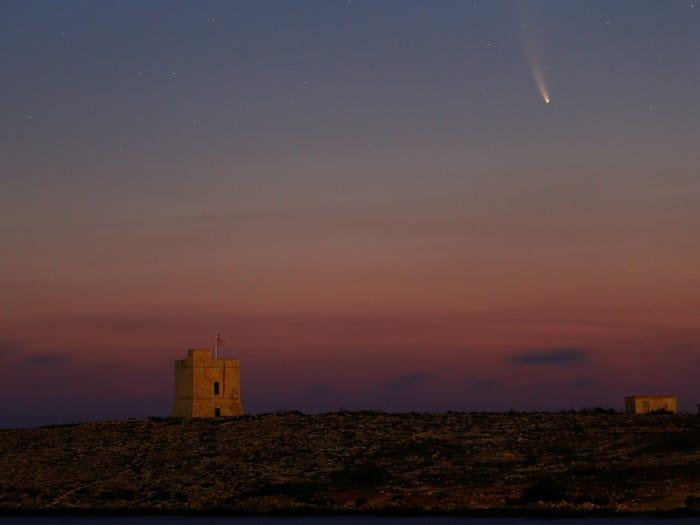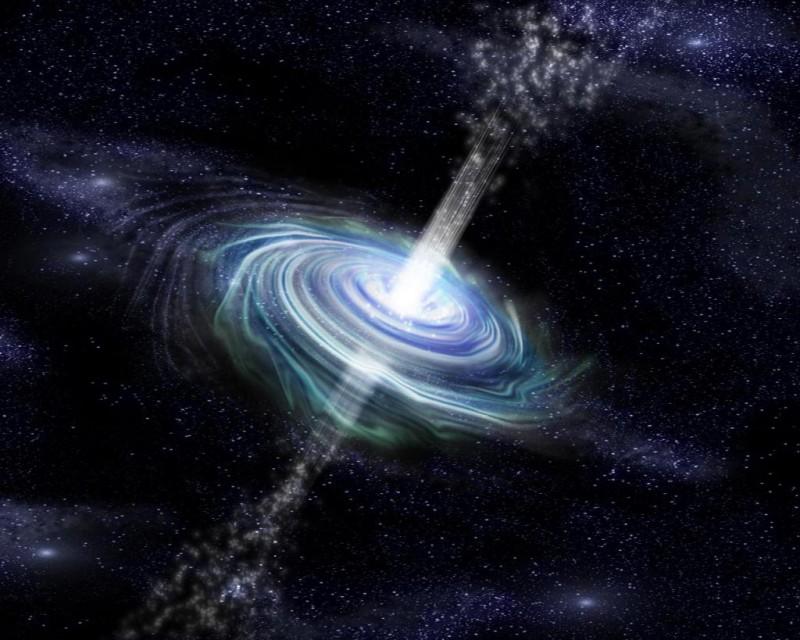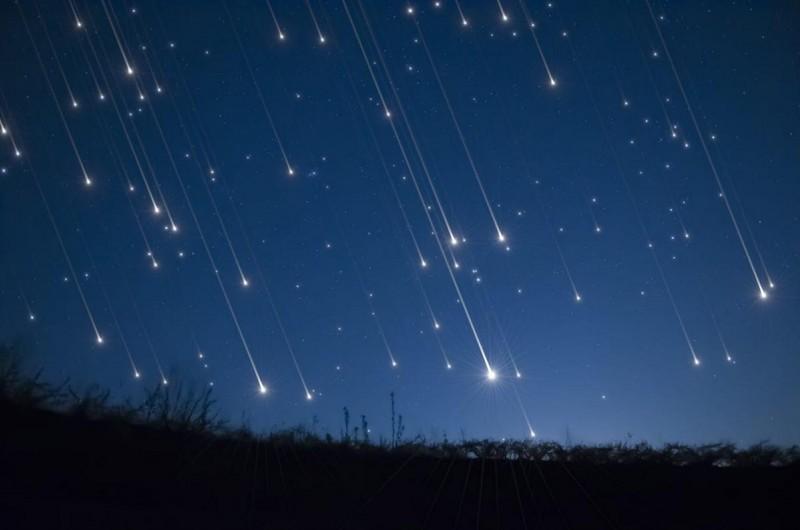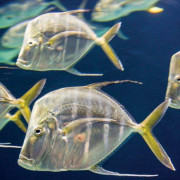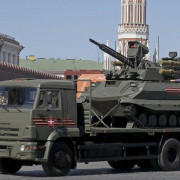Новости по тегу nasa
Содержание:
You are a part of our community!
About Us
The Prediction of Worldwide Energy Resources (POWER) project was initiated to improve upon the current SSE data set and to create new data sets from new satellite systems and forecast modeling data.
Acknowledgments
Use of POWER Data: When POWER data products are used in a publication, we request the following acknowledgment be included: «These data were obtained from the NASA Langley Research Center (LaRC) POWER Project funded through the NASA Earth Science/Applied Science Program.»
Reprints Please: The POWER Project kindly requests a reference, web link and/or a reprint of any published papers or reports or a brief description of other uses (e.g., posters, oral presentations, etc.) of data products that we have distributed. This will help us determine the use of data that we distribute, which is helpful in optimizing product development. It also helps us to assess our value to the community. Please contact us at POWER Project Team for additional information on sending reference material.
Redistribution of Data: To assist the POWER Project in providing the best service to the scientific community, we request notification if you transmit POWER data to other researchers.
Acknowledgement: The Prediction of Worldwide Energy Resources (POWER) Project is funded through the NASA Applied Sciences Program within the Earth Science Division of the Science Mission Directorate. The POWER team could not have completed this task without both technical and scientific inputs from the following Earth Science Division teams: The World Climate Research Programme (WCRP) Global Energy and Water Cycle Experiment’s (GEWEX) Surface Radiation Budget (NASA/GEWEX SRB) and the Clouds and the Earth’s Radiant Energy System (CERES) projects at NASA LaRC and the Global Modeling and Assimilation Office at the NASA Goddard Space Flight Center. The data obtained through the POWER (Prediction of Worldwide Energy Resources) web services was made possible with collaboration from the the NASA LaRC Sciences Data Center (ASDC).
Section 508 Rehabilitation Act Information: The Science Directorate at NASA Langley Research Center is dedicated to compliance with accessibility standards developed under Section 508 of the Rehabilitation Act. However, technical and financial limitations occasionally prevent some information or data from being presented in a manner that is readily accessible to persons with certain disabilities. If you have any difficulty viewing a Section 508 Rehabilitation Act Information web page with adaptive technology, please contact the NASA Official or Curator responsible for the web page. Either an alternative format of the web page or manual assistance obtaining the required information will be provided.
CAPABILITIES
Before the existence of the SN, in order to communicate with the ground from orbit, satellites needed an unobstructed view of a station on the ground with antennas capable of receiving the satellite’s signal. This provided communications coverage for only about 15% of any orbit. TDRS’s relay capabilities removes the need for direct line of sight with the ground to provide communications coverage for nearly 100% of a spacecraft’s orbit.

Tracking and Data Relay Satellite under construction.Credit: Boeing
The SN provides a variety of services to its customers. Perhaps its most important service is ensuring mission data reaches its destination. The SN’s customers gather data that help with predicting weather patterns, take pictures of the stars, and much more.
SN FLEET OPERATIONS
The TDRS fleet consists of three generations of spacecraft spanning over 35 years. Each successive generation improved upon the last with additional RF band support and increased automation. There have been 12 TDRS to reach orbit. The first TDRS launched April 4, 1983, and was designed for a mission life of 10 years. The robust satellite lasted 26 years before it was decommissioned in 2009. While they were being built, and prior to launch, TDRS were referred to by letters. After launch, they are referred to by numbers. For example, the first TDRS was called TDRS-A prior to launch, and TDRS-1 once it became operational. The last in the third generation of TDRS, TDRS-M (now called TDRS-13) was launched August 18, 2017, replenishing the fleet for many more years to come.

The launch of TDRS-M on August 18th, 2017 at Cape Canaveral Air Force Station in Florida.Credit: NASA/Tony Gray and Sandra Joseph
While a space-based communications network is useful for all sorts of missions, one of the largest early drivers for the SN’s development was human space flight. When the SN was first being conceived, the Space Shuttle’s development was also on the horizon. A craft that could launch, return to Earth, and launch again later meant crewed missions could become much more frequent. The needs of living people in space to complete their tasks are much greater than the needs of a satellite. One of these needs is increased connectivity with Earth. Once the International Space Station was completed, and humans began to occupy space on a continuous basis, it became necessary to provide two way communications 24/7 for human health and safety. Now, NASA’s upcoming Artemis missions, sending the first woman and next man to the moon with an eye towards Mars, connecting our astronauts to Earth is more important than ever.
What makes the SN’s continuous communications possible is TDRS’s geosynchronous orbit. Geosynchronous orbit is a high-altitude orbit of about 22,000 miles. With this orbit, TDRS remains above the same relative point on the ground as the planet rotates. This means TDRS have a wider view of Earth and near Earth space where most spacecraft operate than the lower orbit user spacecraft do. Spacecraft such as the International Space Station or the Hubble Space Telescope send their signals to a TDRS, then the TDRS relays the signal back down a ground station.
OVERVIEW
The Space Network (SN) empowers missions with reliable and secure relay communications and tracking services. The SN’s global coverage enables near-continuous, bi-directional communications, a unique capability well-suited for launch vehicles and flagship missions like the International Space Station and the Hubble Space Telescope.
The SN’s architecture is comprised of two segments. The space segment consists of a constellation of Tracking and Data Relay Satellites (TDRS) in geosynchronous orbit. A series of ground-based antennas make up the network’s ground segment. All TDRS are within sight of at least one ground station at all times.
Что представляет собой миссия ARIEL от NASA?
В настоящее время вокруг нашей планеты вращается большое количество космических аппаратов, ежедневно снабжающих ученых все новыми и новыми данными о строении нашей Вселенной. Стремясь отыскать хотя бы некое подобие инопланетной жизни, специалисты NASA решили начать с анализа атмосфер удаленных экзопланет при помощи космической миссии ARIEL, которая на протяжении четырех лет будет сканировать звездное пространство и сможет изучить таким образом более тысячи экзопланет. Во время своей основной миссии ARIEL изучит атмосферу примерно 1000 экзопланет, благодаря чему, НАСА сможет получить большое количество данных о составе атмосфер экзопланет и сможет определить, является ли небо этих экзопланет облачным, туманным или ясным. Полученные результаты помогут астрономам понять, как планеты и их атмосферы формируются и изменяются с течением времени.
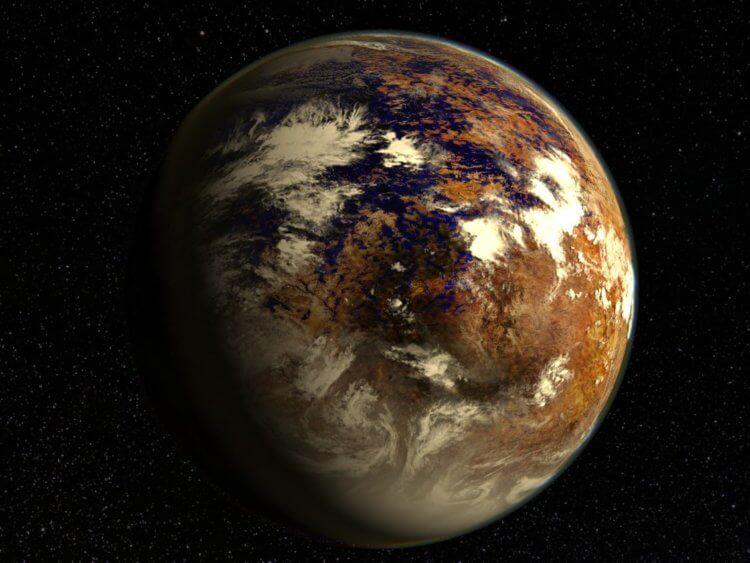
Проект ARIEL сможет найти не только воду в составе атмосфер экзопланет, но и найти следы возможного существования на них инопланетной жизни
Согласно информации, опубликованной на портале astronomy.com, к настоящему моменту астрономы обнаружили тысячи экзопланет при помощи так называемого транзитного метода, который помогает найти удаленные планеты лишь при помощи наблюдения за звездами и проходящими перед их диском объектами. С помощью похожих на миссию ARIEL инструментов, астрономы смогут выявить такую информацию, как химический состав и температура атмосфер экзопланет, а также распознают те химические реакции, которые происходят за миллиарды километров от нас.
Несмотря на то, что космический телескоп Джеймса Уэбба, запуск которого запланирован на 2021 год, также сможет изучать атмосферу экзопланет, основная миссия космического телескопа будет заключаться в поиске скалистых миров и их спутников. Проект ARIEL сможет углубить полученную телескопом информацию и предоставить научную базу для телескопа-наследника “Джеймса Уэбба” — космического телескопа ATLAST, чей запуск назначен на середину 2030-х годов.
Понимание того, есть ли на экзопланете облака или туманы, поможет астрономам лучше интерпретировать и другие параметры атмосферы той или иной планеты, такие как химический состав и температура, и выяснить, какие физические и химические процессы происходят в том или ином инопланетном мире. Кроме того, понимание химического состава атмосфер экзопланет может помочь решить, какая из двух ведущих теорий формирования планет наиболее вероятна. Так, если одна теория предполагает, что планеты, как правило, содержат сходные фракции тяжелых элементов как и их звезды-хозяева, то другая версия предполагает, что фракции тяжелых элементов могут быть совершенно разными и независимыми от близлежащих звезд.
PUBLICATIONS
Papers & Articles
Battery Health Quantification for TDRS Spacecraft by Using Signature Discriminability Measurement
March 9, 2020
SN Now: The Final Installment of SCaN Now
December 6, 2019
NASA’s Space Communications Podcast Returns
November 14, 2019
Polar Coding for Forward Error Correction in Space Communications with LDPC Comparisons
October 21, 2019
Machine Learning Algorithms for Error Correction in Space Optical Communications Systems
October 21, 2019
Utilization of Unsupervised Anomalies Detector as a Tool for Managing the TDRS Constellation at GSFC
October 21, 2019
Data Rate Increase on the International Space Station Supports Future Exploration
August 19, 2019
NASA Successfully Launches Latest Communications Satellite
August 18, 2019
NASA Space Network Project Operations Management: Past, Present and Future for the Tracking and Data Relay Satellite Constellation
July 3, 2019
Space Communications and Navigation: Exploration Enabled, Then and Now
July 1, 2019
NASA Space Communications and Navigation: Supporting Exploration
December 6, 2018
Goddard Visitor Center Enters ’Decade of Light’ With New Space Communications and Navigation Exhibit
November 1, 2018
‘The Invisible Network’ Podcast — Episode 01: Ascension
October 16, 2018
‘The Invisible Network’ Podcast — Episode 06: Next-Gen
October 16, 2018
‘The Invisible Network’ Podcast — Episode 05: Marrow
October 16, 2018
Success in Critical Communications Tests for NASA’s James Webb Space Telescope
September 5, 2018
Top Five Technologies Needed for a Spacecraft to Survive Deep Space
July 30, 2018
NASA Space Network Project Operations Management: Past, Present and Future for the Tracking and Data Relay Satellite Constellation
May 28, 2018
NASA Upgrades Space Station Emergency Communications Ground Stations
April 24, 2018
Last NASA Communications Satellite of its Kind Joins Fleet
February 15, 2018
Life-saving NASA Communications System Turns 20
January 8, 2018
TDRS-M to Continue Vital Communications Link to Space
August 16, 2017
NASA Television to Air Launch of Next Communications Satellite
August 15, 2017
February 13, 2017
NASA Communications Network to Double Space Station Data Rates
December 16, 2016
NASA’s Maryland Space Center Mission-Critical for Space Station Astronauts
September 20, 2016
Ending Year in Space: NASA Goddard Network Maintains Communications from Space to Ground
March 1, 2016
New System Giving SMAP Scientists the Speed They Need
October 29, 2015
Downloadables
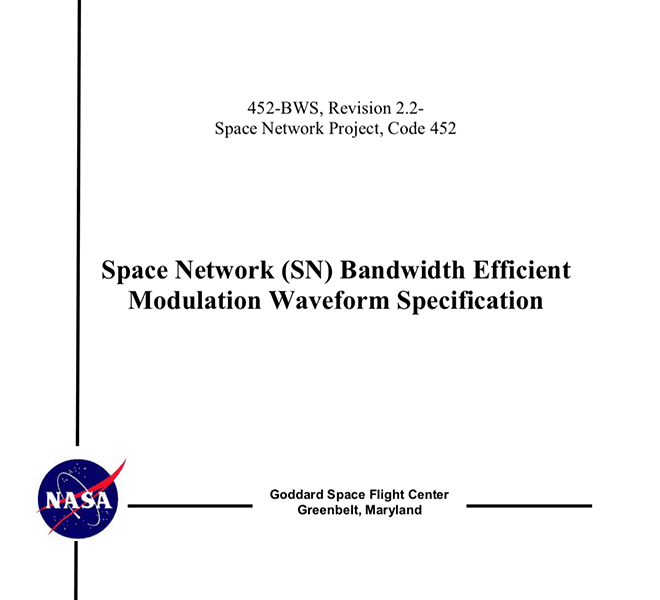
Space Network (SN) Bandwidth Efficient Modulation Waveform Specification
June 24, 2020
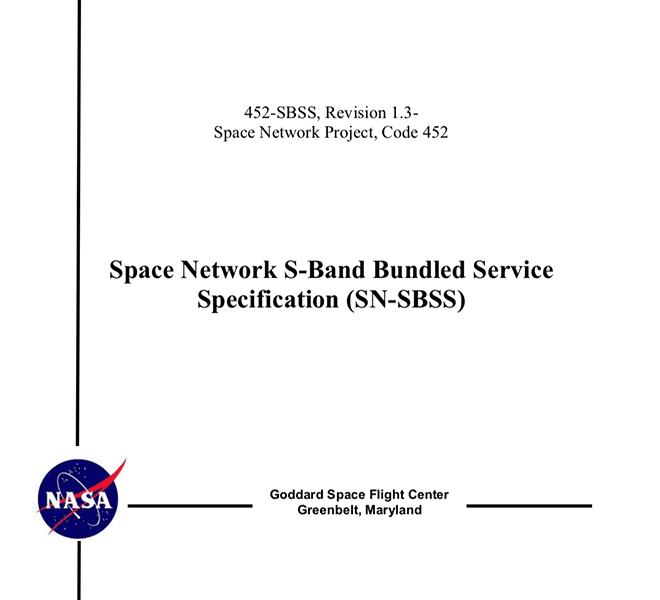
Space Network S-Band Bundled Service Specification (SN-SBSS)
June 24, 2020
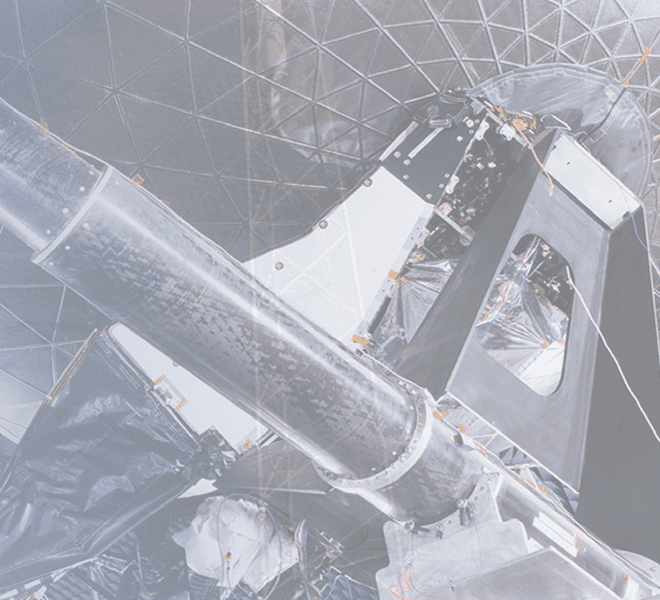
TDRS Fact Sheet
May 1, 2017
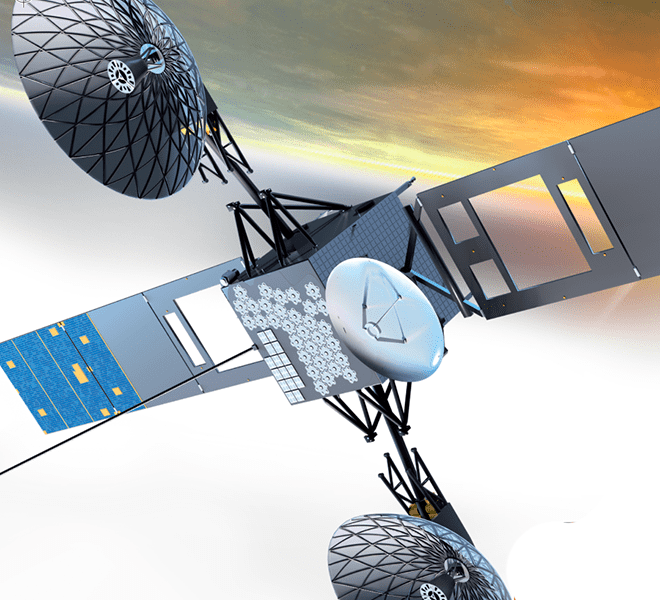
Build Your Own TDRS — Coloring Version
May 1, 2017
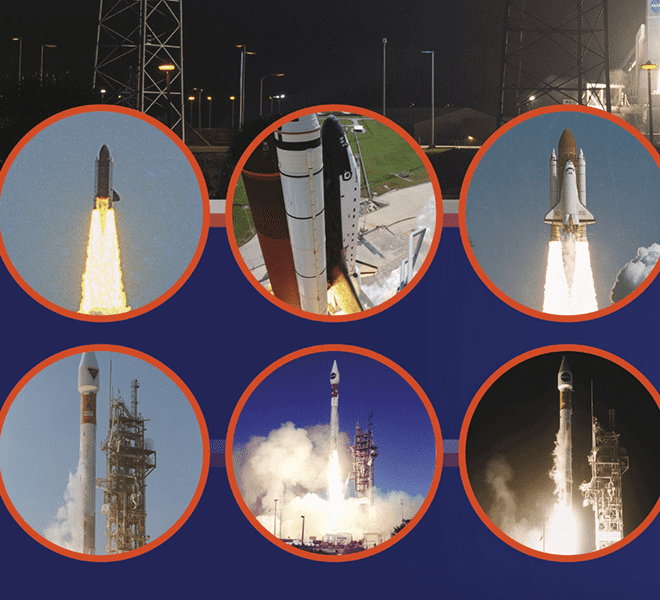
TDRS Launches Lithograph
May 1, 2017
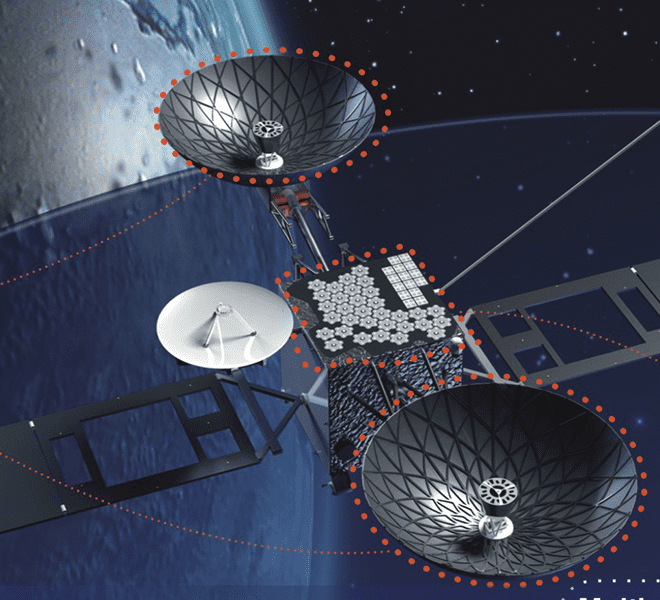
TDRS General Overview Lithograph
May 1, 2017
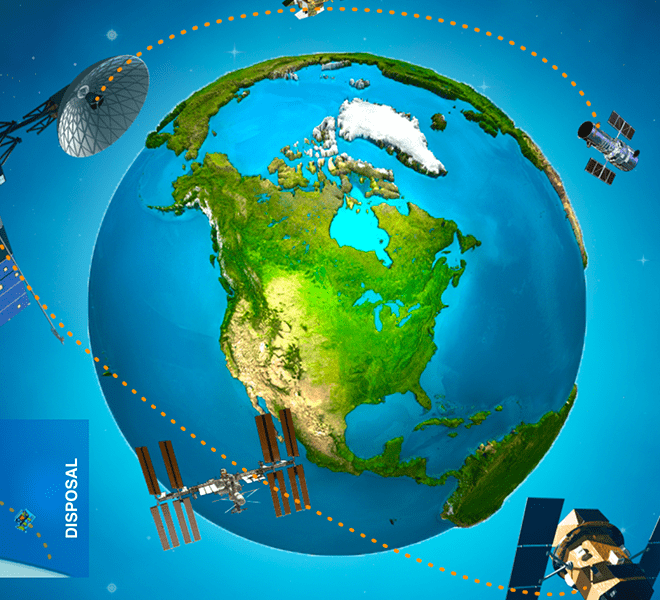
Space Network Turn-Key Solutions
July 1, 2016
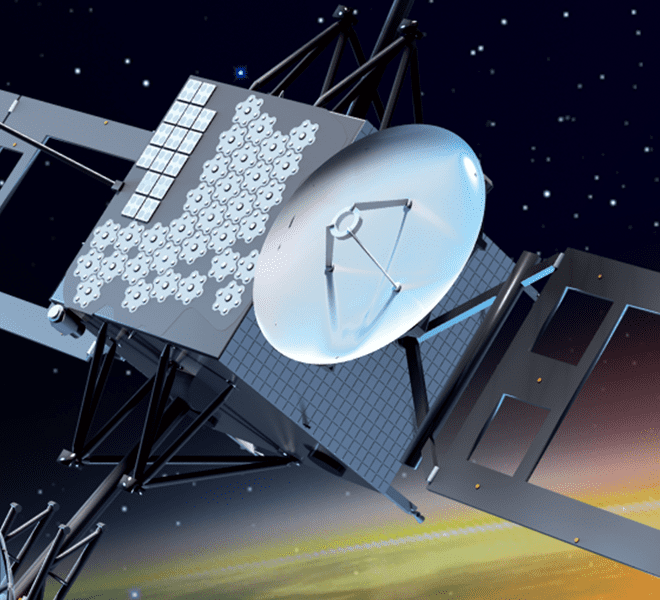
TDRS Replenishing the Fleet
December 1, 2012
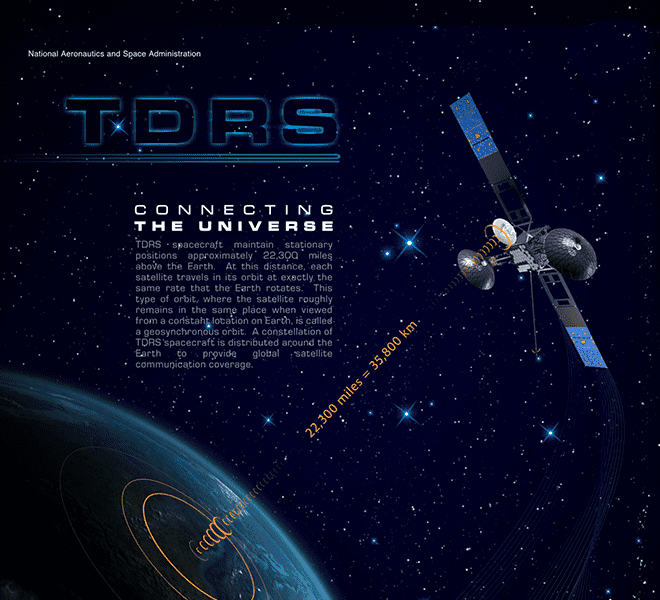
TDRS Connecting the Universe
December 1, 2012
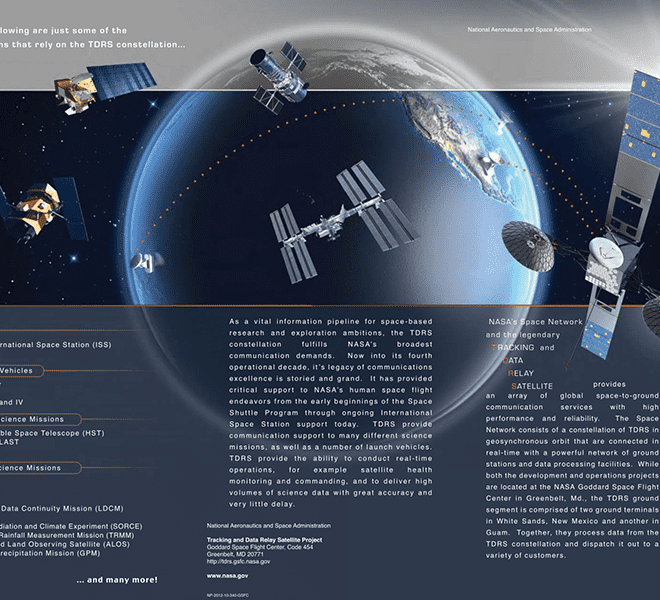
TDRS Global Communications
October 1, 2012
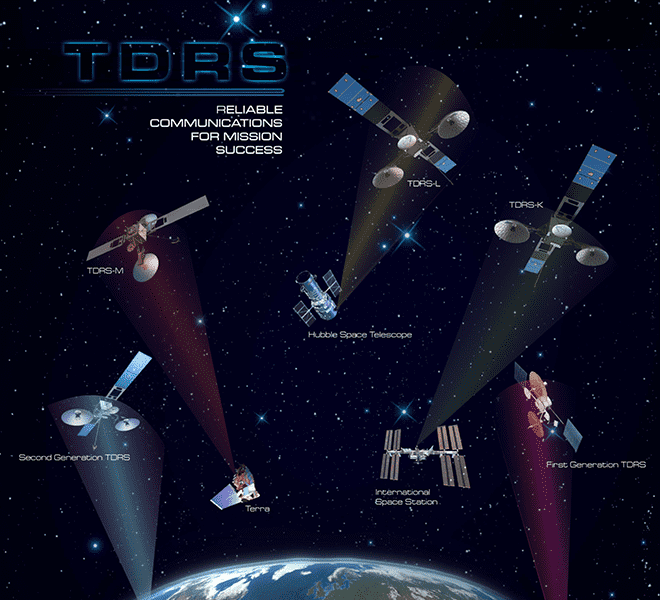
TDRS Reliable Communications for Mission Success
October 1, 2012
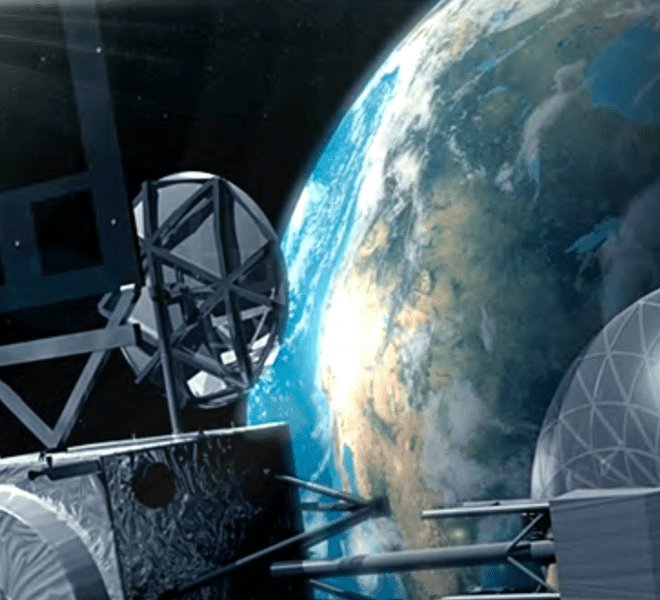
TDRS Brochure
September 1, 2012
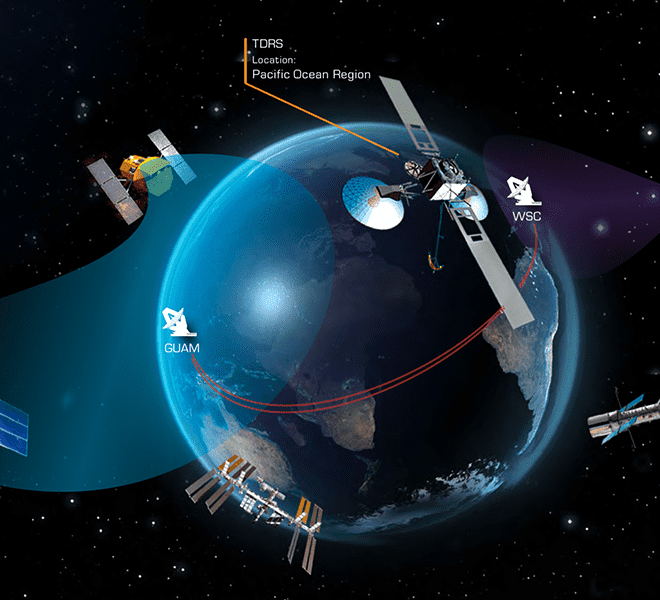
TDRS KLM Continuing the Critical Lifeline 2
April 1, 2012
Introduction
For more than a decade, NASA’s Cassini spacecraft shared the wonders of Saturn and its family of icy moons—taking us to astounding worlds where methane rivers run to a methane sea and where jets of ice and gas are blasting material into space from a liquid water ocean that might harbor the ingredients for life.
Cassini revealed in great detail the true wonders of Saturn, a giant world ruled by raging storms and delicate harmonies of gravity.
Cassini carried a passenger to the Saturn system, the European Huygens probe—the first human-made object to land on a world in the distant outer solar system.
After 20 years in space — 13 of those years exploring Saturn — Cassini exhausted its fuel supply. And so, to protect moons of Saturn that could have conditions suitable for life, Cassini was sent on a daring final mission that would seal its fate. After a series of nearly two dozen nail-biting dives between the planet and its icy rings, Cassini plunged into Saturn’s atmosphere on Sept. 15, 2017, returning science data to the very end.
LATEST NEWS
- 07.08.20 – Inside the U.S.-Led COVID-19 High Performance Computing Consortium
- As part of this report from Nextgov.com, two NASA Ames researchers describe how they use NASA Advanced Supercomputing (NAS) resources to conduct genome sequencing and bioinformatics analysis to make correlations between COVID-19 severity and genetic features of individuals. NASA has been involved in the initiative from the very beginning, explains NAS Division Chief Piyush Mehrotra.
Read more
- 07.02.20 — Atmospheric Dust Rivers: Saharan Dust Makes the Journey to the Americas
- During June 2020, dust from the Sahara Desert was forecast and observed to cross the Atlantic Ocean, impacting the Caribbean, the U.S. Gulf Coast states, and recirculated over parts of the mid-Atlantic region. GEOS aerosol assimilation products generated at the NASA Center for Climate Simulation (NCCS) show the progress of this event.
Read more
- 06.30.20 — NCCS Collaborates with the NSF Spatiotemporal Innovation Center at George Mason University – Part 2
- Among other collaborative machine learning projects, the NCCS and the National Science Foundation Spatiotemporal Innovation Center at George Mason University are classifying clouds to more accurately model and forecast local precipitation
Read more
- 06.16.20 — Simulations Probe Sun’s Effects on Climate
- To investigate complex, remaining questions about how radiation from the Sun affects Earth’s climate, Duke University and NASA Goddard Institute for Space Studies scientists ran century-long simulations under a variety of solar conditions at the NASA Center for Climate Simulation (NCCS).
Read more
- 06.02.20 — A New Galactic Center Adventure in Virtual Reality
- By combining data from telescopes with supercomputer simulations and virtual reality (VR), a new visualization allows you to experience 500 years of cosmic evolution around the supermassive black hole at the center of the Milky Way. The simulations were run on a NASA High-End Computing (HEC) supercomputer located at NASA’s Ames Research Center.
Read more
HISTORY
Before TDRS, the United States created a number of communications satellites. Some of the first, the Echo satellites, were quite simple, technologically. These were literally giant balloons with a 100-foot diameter that were made of reflective Mylar. The Echo satellites functioned as enormous mirrors in orbit. The light they reflected could be seen from the ground with the naked eye. Ground stations could send radio signals up to one of the satellites, and the signals would literally bounce off of them down to another ground station in another part of the world.

Vanguard’s 30-inch balloon payload to observe atmospheric drag for Project Echo in August 1960.Credit: NASA
As technology continued to improve, satellites soon used gyroscopes to keep stable. Gyroscopes are essentially wheels inside the spacecraft that spin to counteract force that pushes on it, so that the spacecraft itself does not spin. This allows communication satellites to have larger and more powerful antennas, as well as larger solar arrays to accommodate the power the antennas need. Advances in technology also allowed for more powerful radio frequency signals used to transmit data. This meant that ground stations could use smaller and less expensive antennas to receive the data. Eventually, these advancements made TDRS and the Space Network possible.
While a space-based communications network is useful for all sorts of missions, one of the largest early drivers for the SN’s development was human space flight. When the SN was first being conceived, the Space Shuttle’s development was also on the horizon. A craft that could launch, return to Earth, and launch again later meant crewed missions could become much more frequent. The needs of living people in space to complete their tasks are much greater than the needs of a satellite. One of these needs is increased connectivity with Earth.
REQUESTING COMPUTING TIME AT NASA
If you are a NASA-sponsored scientist or engineer, computing time is available to you at the High-End Computing (HEC) Program’s NASA Advanced Supercomputing (NAS) Facility and NASA Center for Climate Simulation (NCCS).
Submit requests
- 06.30.20 — ARMD, HEOMD, NESC, SMD and STMD Time Requests Due July 20
- Computing time requests from the Aeronautics Research Mission Directorate (ARMD), the Human Exploration and Operations Mission Directorate (HEOMD), the Science Mission Directorate (SMD), the Space Technology Mission Directorate (STMD), and the NASA Engineering and Safety Center (NESC) are due July 20 for allocations expiring on September 30.
Read more
About the POWER Project
NASA’s goal in Earth science is to observe, understand, and model the Earth system to discover how it is changing, to better predict change, and to understand the consequences for life on Earth. The Applied Sciences Program, within the Science Mission Directorate (which replaced both the Office of Earth Science and the Office of Space Science), serves NASA and Society by expanding and accelerating the realization of societal and economic benefits from Earth science, information, and technology research and development.
The Prediction Of Worldwide Energy Resources (POWER) project was initiated to improve upon the current renewable energy data set and to create new data sets from new satellite systems. The POWER project targets three user communities: (1) Renewable Energy, (2) Sustainable Buildings, and (3) Agroclimatology.
Renewable Energy
The Renewable Energy Archive is designed to provide access to parameters specifically tailored to assist in the design of solar and wind powered renewable energy systems.
Sustainable Buildings
The Sustainable Buildings Archive is designed to provide industry-friendly parameters for the buildings community, to include parameters in multi-year monthly averages.
Agroclimatology
The Agroclimatology Archive is designed to provide web-based access to industry-friendly parameters formatted for input to crop models contained within agricultural DSS.
